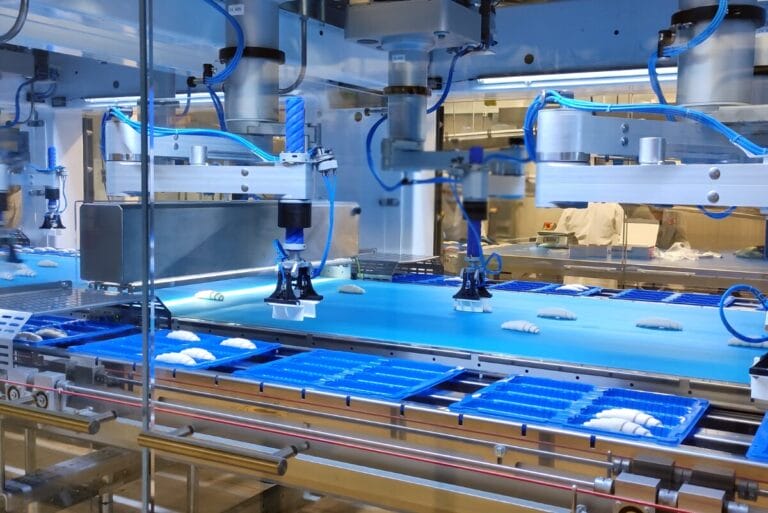KANSAS CITY, MO — In a recent study of c-suite executives, Boston Consulting Group found that 75% see talent retention and development as significant areas of investment and allocate as much as 1.5% of their budgets to upskilling resources.
On the other hand, according to the University of Phoenix’s Annual Career Optimism Index 2022, 52% of workers said they needed to learn new skills within the next year to continue their careers, and 46% of those employees indicated they were not as skilled as they needed to be. That same study also found that nearly one-third (29%) of workers said they don’t feel optimistic about the opportunities they have for training to learn new skills.
This dichotomy may be the result of high employee turnover in industries such as commercial baking, which makes some companies hesitant to invest in upskilling.
“We hear across the industry that employee turnover is a huge issue,” said Sarah Day, director of education for the American Society of Baking (ASB). “The issue becomes, ‘How much do I invest in training up front?’ because bakeries are losing employees at three, six, nine months. It’s about striking that balance.”










